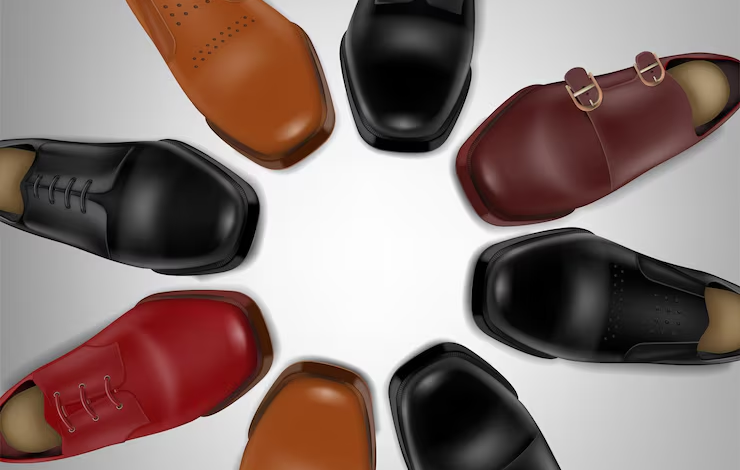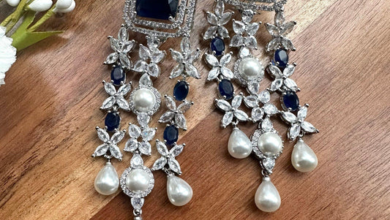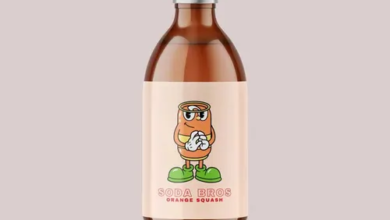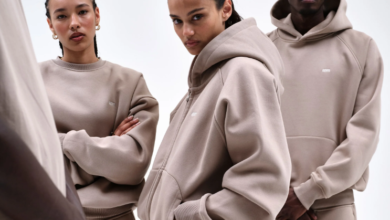Canadian Moccasins: A Guide to Traditional Footwear and Regional Styles

Finding real footwear can feel like chasing something that disappeared years ago. Most shoes today come from factories where speed matters more than quality. The story of Canadian moccasins is different. These are not ordinary shoes to keep your feet warm. Their making bears generations of knowledge that is transmitted through families in Indigenous communities in Canada. Each stitch is made by the person who has learned to do it not only by reading a book but also by watching the practice of shoe making.
You are not just moving into a world of fashion when you decide to wear Canadian moccasins. You are relating to a place-based practice, people and care.
Why Canadian Moccasins Stand Out
The materials and techniques behind these moccasins are what make them different. Makers use soft-tanned leather, usually moose hide or deer hide. They make the hides in ways that were passed on by the elderly generations. It is a natural, breathable kind of leather, and it shapes itself around your foot as time goes by.
The majority of pairs are either in one piece or in the form of vamp and sole. Sewing is a major contributor to the strength of everything. Makers do not use glue, but instead sinew, or waxed thread. These seams do not crack or fall apart; they bend with your steps.
Beadwork appears frequently, yet not only on appearance. The patterns have a personal meaning. They can demonstrate the family history, spiritual beliefs, and land associations. Every Indigenous nation has its own approach to these details, which adds to the richness behind each design of the shoe.
See also: How to Choose the Best Vinyl Flooring for Your Home
Styles From Different Regions
Cree Moccasins
Found mainly in the prairie provinces, Cree moccasins use a gathered toe shape. The beadwork features floral patterns with bright colours that stand out against dark leather. The designs feel open and relaxed.
Ojibwe Moccasins
Near the Great Lakes, Ojibwe artisans often use centre-seam construction. Their patterns draw from the land around them. You might see vines along with leaves and forest shapes. The beading is tighter and denser than prairie styles.
Inuit Kamiks
These are boots rather than moccasins, but they use the same ideas. Made with seal skin for water resistance, they are built for Arctic conditions. Everything in the design focuses on staying warm and dry.
Métis Moccasins
Métis makers mix techniques from multiple traditions. Their floral beadwork is often complex, with a strong sense of colour and shape. These patterns reflect the blended heritage that shapes Métis identity.
West Coast Styles
On the coast, nations like the Coast Salish bring ocean-based themes into their work. Button blanket patterns show up in beadwork. The materials and designs reflect cedar forests along with salt water rather than vast plains or inland woods.
The Making Process
Creating Canadian moccasins takes time and attention. The first step is preparing the leather. Hides are smoked and stretched until they feel right for sewing. This part alone can take several days, depending on the approach being taken.
Cutting the pattern takes genuine care. A mistake here wastes valuable material. Experienced makers know how to read the hide and place their cuts where the leather holds strong.
Stitching is slow work. Many artisans use the two-needle technique, punching holes first, then threading each side by hand. Each pull needs the same pressure to keep the piece flat and balanced. Too tight and it puckers. Too loose and it gaps.
Beadwork often adds dozens of hours to a pair. Beads go on one at a time, following traditional or personal patterns. One misplaced bead can throw off the whole design. Some pairs take over fifty hours just for the decoration alone.
Picking the Right Pair
Fit works differently with moccasins. They should feel snug at first because the leather will stretch. Starting loose means they will slip around too much later. Going too tight means they may never break in properly.
Check how the sole is built. Stiff soles give better wear outside. Soft soles feel more traditional but wear faster on pavement. Think about where you plan to use them before choosing a style.
Look closely at the stitching. Loose threads or uneven lines mean someone rushed the job. Run your fingers over the seams. They should feel smooth with no bumps or sharp edges.
Leather quality matters most. Good hide feels soft but not floppy. It holds its shape without being stiff. Cheap leather either feels too hard or too thin. Both will fall apart fast.
Smell the leather if you can. Properly smoked hides have a strong but pleasant scent. It is a clear sign of the proper process.
Beadwork should lie flat with clean lines. If the beads pull the leather too tight or make it wrinkle, that is a sign of poor balance. Colours should stay strong even after touching or rubbing.
Taking Care of Them
Water has the greatest effect on leather. In case your moccasins are wet, do not dry them in a hurry, but leave the air about them. Keep them out of vents and heaters. Leather cracks and loses its oils through heat.
Wash them in a cloth bag, not a plastic bag. Plastic is a moisture trap that can lead to the creation of mold. They keep in shape and keep off insects with cedar chips.
Wipe away dirt using something soft. In case you require more cleaning, then use a damp cloth and work slowly. Do not use strong cleaners unless the manufacturer indicates that they can be used on that pair.
Beadwork needs gentle hands. Do not scrub across the beads. Instead, brush them and do not press on the pattern.
Other makers recommend oils or leather conditioners. Never apply anything without first knowing what type of tanning process was applied. A product can suit one couple and destroy another.
The Bigger Picture
Fast fashion made everyone think shoes should only last a season. That mindset removes us from the people who make them and the materials they use. Canadian moccasins go the other way.
These shoes are built to last. They grow more comfortable over time. They hold memories instead of wearing out fast. Each pair shows what care looks like when passed through generations.
Buying from Indigenous makers supports real work. These skills do not live in books. They live because somebody was next to a teacher and drilled and drilled.
It is not merely a pair of shoes you are purchasing. You are opting to believe in a lifestyle in which meaning is important. That decision carries a meaning in a world where people tend to forget the hands behind the product.




